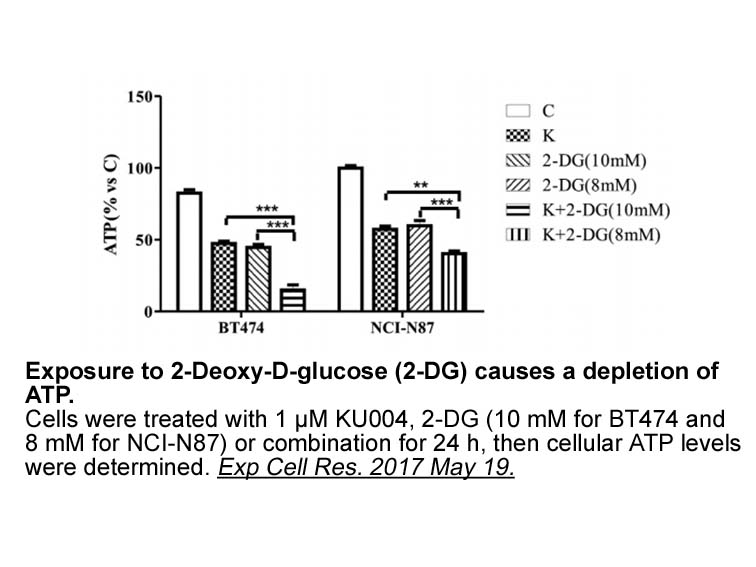Archives
Premature deaths of women have profound effects
Premature deaths of women have profound effects on families, societies, and economies, regardless of the age at which they occur and whatever the cause, including an—often preventable—NCD or injury later in life. Families, especially if female-headed, are driven into poverty through catastrophic health expenditures and income loss, leaving them destitute. Children are often forced out of school and into the labour market or, in the case of girls, into home-bound caregiving. Ultimately, loss of an adult female also means the loss of a caregiver and nurturing figure.
NCDs are now an internationally recognised health priority with a growing global movement. Yet, little has been done to develop systemic responses to NCDs and women\'s health or to integrate these two global health agendas and approaches. An integrated, comprehensive approach to maternal health across the life cycle, that makes use of existing health financing, infrastructure, cost-effective interventions, and programmes could help to address these gaps. One example comes from Mexico, where a diagonal approach, merging a horizontal health system and vertical disease-specific initiatives, is being used to integrate awareness-building, early detection, treatment, survivorship care, and palliation for NCDs with population-wide, poverty-alleviation and primary care platforms.
The maternal and NCD agendas and movements can and should be synergistic. The Sustainable Development Goal for health (SDG 3), which includes maternal and child health as well as premature mortality from NCDs, presents an opportunity to implement an integrated approach for women of all ages. Indeed, the populations targeted by SDG 3 often overlap, as many women who live with or die from NCDs are mothers who survived childbirth. Estimates suggest that in 2030, a two-thirds reduction in maternal and child deaths and a third reduction in NCD mortality would mean 210 000 fewer maternal deaths and 690 000 fewer NCD deaths in women and girls aged 5–49 years, and 2·4 million fewer NCD deaths in women aged 50–69 years.
The recent mass migration into Europe poses many challenges to society and public health. Prevention programmes within European countries are primarily designed for the risk profile and Wnt agonist 1 of their residents, not those of refugees. Refugee children, many of whom arrive unaccompanied, are most vulnerable, especially since prevention programmes (vaccinations, vitamin and micronutrient prov ision, food fortification, routine infant health checks, and medical education) may not be in place in their country of origin, and their parents may be unfamiliar with the need for such programmes. Public health professionals in host nations need to prepare for a rapid increase in population as well as diseases and micronutrient deficiencies that are currently regarded as rare in the resident population. Two deficiencies particularly prevalent in refugees are vitamin D and dietary calcium deficiency, which in combination cause nutritional rickets in children and osteomalacia in adults ().
The morbidity from prolonged vitamin D and dietary calcium deficiencies should not be underestimated. These deficiencies cause hypocalcaemic seizures, hypocalcaemic dilated cardiomyopathy with heart failure, muscle weakness, and growth failure, in addition to bone demineralisation (rickets and osteomalacia). Complications include pain, fractures, bone deformities and long-term disability, obstructed labour, increased risk of falls, and death. Although rickets in children is diagnosed relatively easily by knee or wrist radiography, there are insufficient diagnostic criteria for osteomalacia in adults and chronically ill people. A post-mortem study in northern German residents found 25% of people affected by unrecognised osteomalacia. The prevalence in risk groups will be much higher.
Risk groups include people with dark skin or those blocking sunlight with full-body clothing, and those with low intake of dairy products. Therefore, nutritional rickets is most prevalent in Africa, the Middle East, and southern Asia, from which regions most current refugees originate. Leaving these regions, where plentiful sunshine allows normal cutaneous vitamin D production, towards northern Europe, which lacks the necessary ultraviolet spectrum of sunlight for about 6 months of the year (winter and spring), exponentially increases their risk of vitamin D deficiency. Vitamin D deficiency is also vertically transmitted from mother to child, making infants of at-risk women especially vulnerable to rickets and its complications.
ision, food fortification, routine infant health checks, and medical education) may not be in place in their country of origin, and their parents may be unfamiliar with the need for such programmes. Public health professionals in host nations need to prepare for a rapid increase in population as well as diseases and micronutrient deficiencies that are currently regarded as rare in the resident population. Two deficiencies particularly prevalent in refugees are vitamin D and dietary calcium deficiency, which in combination cause nutritional rickets in children and osteomalacia in adults ().
The morbidity from prolonged vitamin D and dietary calcium deficiencies should not be underestimated. These deficiencies cause hypocalcaemic seizures, hypocalcaemic dilated cardiomyopathy with heart failure, muscle weakness, and growth failure, in addition to bone demineralisation (rickets and osteomalacia). Complications include pain, fractures, bone deformities and long-term disability, obstructed labour, increased risk of falls, and death. Although rickets in children is diagnosed relatively easily by knee or wrist radiography, there are insufficient diagnostic criteria for osteomalacia in adults and chronically ill people. A post-mortem study in northern German residents found 25% of people affected by unrecognised osteomalacia. The prevalence in risk groups will be much higher.
Risk groups include people with dark skin or those blocking sunlight with full-body clothing, and those with low intake of dairy products. Therefore, nutritional rickets is most prevalent in Africa, the Middle East, and southern Asia, from which regions most current refugees originate. Leaving these regions, where plentiful sunshine allows normal cutaneous vitamin D production, towards northern Europe, which lacks the necessary ultraviolet spectrum of sunlight for about 6 months of the year (winter and spring), exponentially increases their risk of vitamin D deficiency. Vitamin D deficiency is also vertically transmitted from mother to child, making infants of at-risk women especially vulnerable to rickets and its complications.